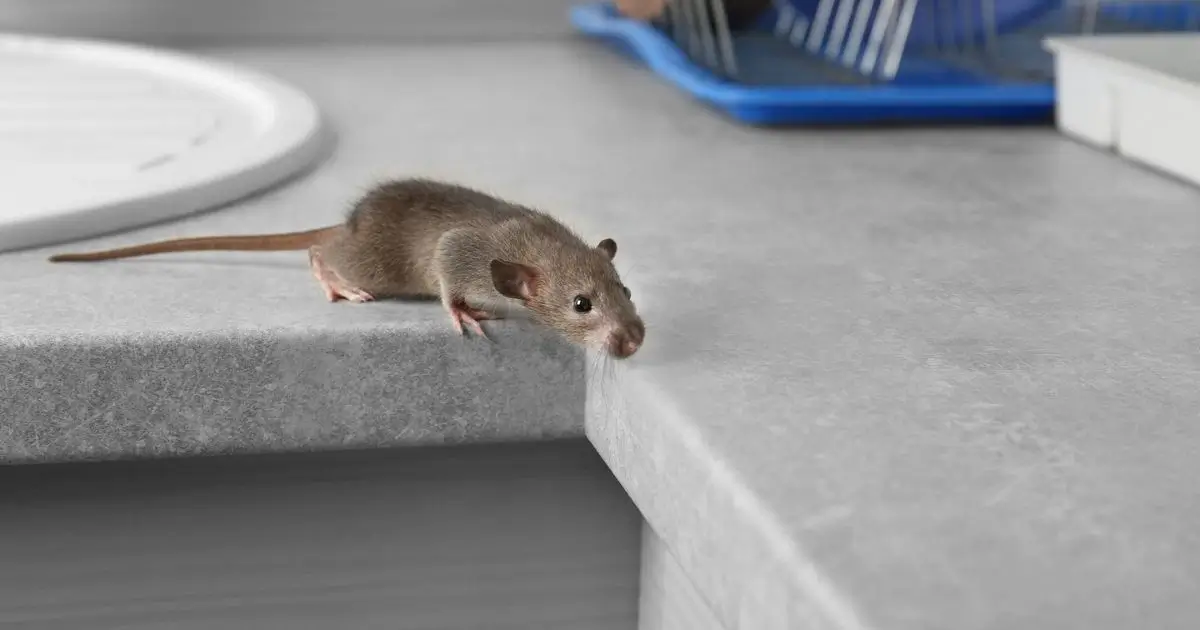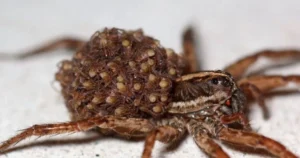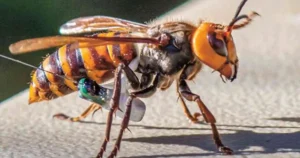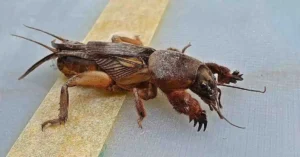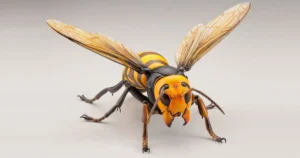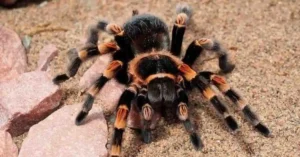Rats are more than just unwanted pests; they pose a significant threat to homes and businesses by spreading diseases, contaminating food, and damaging property. Whether you’re battling a current infestation or trying to prevent one, understanding how to trap and manage rats effectively is essential. In this guide, we’ll explore proven strategies, tools, and preventative measures for comprehensive rat control.
Why Is Rat Control Important?
Rats are resilient creatures capable of surviving in diverse environments. Their adaptability makes them formidable invaders of urban and rural properties alike. The key reasons to prioritize rat control include:
- Health Hazards: Rats carry diseases such as hantavirus, leptospirosis, and salmonella. Their droppings and urine contaminate surfaces, putting your family at risk.
- Property Damage: Rats gnaw on wood, wires, and insulation, potentially causing fires and structural harm.
- Rapid Breeding: A pair of rats can produce hundreds of offspring annually, compounding an infestation if left unchecked.
Identifying Rat Infestations: Signs to Watch For
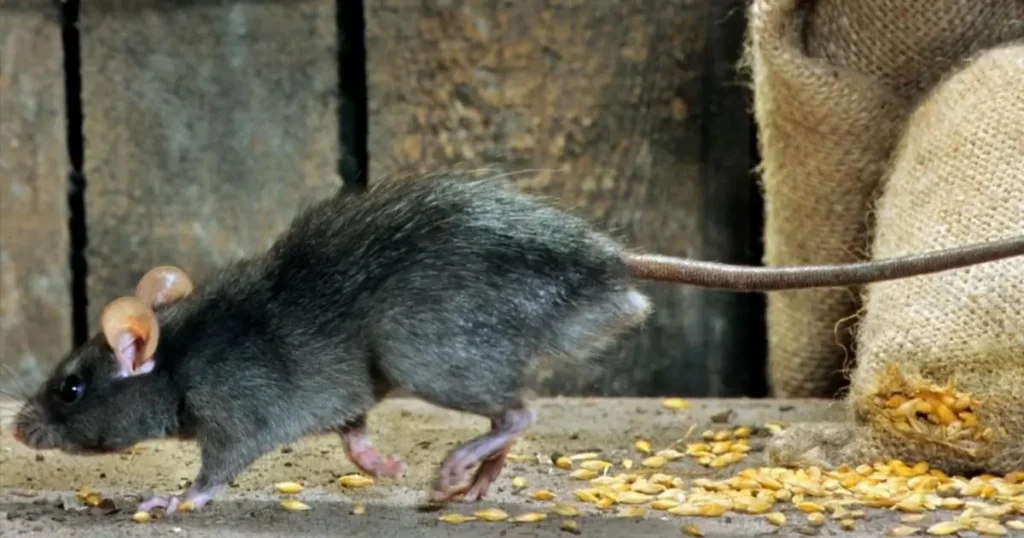
Early detection is crucial for effective rat control. Common indicators of a rat problem include:
- Droppings: Small, dark, pellet-shaped droppings near food sources or nesting areas.
- Gnaw Marks: Damaged wires, furniture, or food packaging.
- Nests: Rats often nest in secluded areas using shredded materials like paper or fabric.
- Scurrying Noises: Especially noticeable at night, in walls or attics.
- Footprints and Grease Marks: Smudge marks along walls and dusty tracks near entry points.
Types of Rat Traps: Choosing the Right Tool for the Job
Different types of rat traps are suited for varying levels of infestations and ethical considerations.
1. Snap Traps
Snap traps are the traditional choice for killing rats instantly. These are highly effective, inexpensive, and easy to set. They’re ideal for quick action against isolated infestations.
2. Glue Traps
Glue traps work by capturing rats on a sticky surface, preventing escape. These are best for small infestations but are considered less humane.
3. Live Traps
Live traps catch rats without killing them, allowing for relocation. These are environmentally friendly but require ongoing effort to ensure rats do not return.
4. Electronic Traps
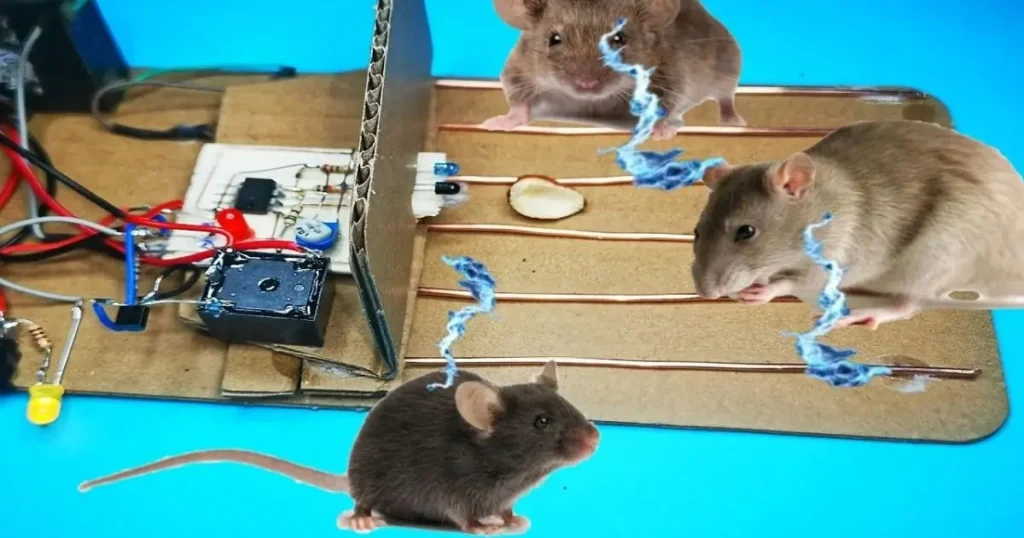
Electronic traps deliver a high-voltage shock to rats, killing them instantly. Though more expensive, they are reusable and highly efficient for severe infestations.
How to Set and Use Rat Traps Effectively
Setting a trap is not just about placing it randomly; strategic placement and proper baiting are critical.
Step 1: Identify Rat Hotspots

Locate areas with visible signs of rat activity, such as droppings, nests, or chew marks. Place traps along walls, in corners, or near food storage areas where rats commonly travel.
Step 2: Use the Right Bait
Rats are attracted to high-protein and high-sugar foods. Popular baits include:
- Peanut butter
- Bacon
- Dried fruit
- Cheese
Secure bait firmly to the trap to ensure rats don’t steal it without triggering the mechanism.
Step 3: Placement Tips
- Position traps perpendicular to walls with the trigger side facing the wall.
- For roof rats, place traps on elevated surfaces such as rafters or shelves.
- Space multiple traps 10–20 feet apart in high-activity areas.
Step 4: Monitor and Reset
Check traps daily to remove dead rats promptly and reset traps as needed. Wear gloves while handling traps and dispose of rats in sealed plastic bags.
Preventing Rat Infestations
Prevention is more cost-effective than eradication. Here are key strategies to keep rats at bay:
1. Seal Entry Points
Rats can squeeze through openings as small as a nickel. Inspect your home thoroughly for cracks, gaps, and holes in:
- Walls
- Rooflines
- Foundations
Seal openings using materials like steel wool, caulk, or hardware cloth to block access.
2. Eliminate Food and Water Sources
- Store food in airtight containers.
- Clean up crumbs and spills immediately.
- Ensure garbage bins are sealed with tight-fitting lids.
- Fix leaky pipes or faucets to remove water sources.
3. Declutter Indoors and Outdoors
Rats seek shelter in cluttered spaces. To make your property less inviting:
- Declutter basements, attics, and garages.
- Trim shrubs and trees near your house.
- Store woodpiles and debris at least 18 inches above ground.
4. Natural Rat Deterrents
While not foolproof, certain natural repellents can discourage rats:
- Peppermint oil: Soak cotton balls and place them near entry points.
- Ammonia: Its strong smell deters rats.
- Ultrasonic devices: Emit high-frequency sounds to repel rats.
Professional Rat Control Services: When to Call the Experts
For severe infestations, professional pest control services offer comprehensive solutions. These typically include:
- Inspection: Experts assess the extent of the infestation and identify entry points.
- Trapping and Removal: Professionals use advanced traps and techniques for efficient rat removal.
- Exclusion Services: Sealing entry points to prevent future infestations.
- Sanitation: Cleaning and disinfecting areas affected by rat activity to eliminate health hazards.
Additional Rat Control Tips
To enhance your rat prevention efforts:
- Regularly inspect your property for signs of activity.
- Work with neighbors to create a rodent-free zone in your community.
- Use tamper-proof bait stations if pets or children are present.
Conclusion
Trapping and controlling rats require a multifaceted approach that combines strategic trapping, preventative measures, and, when necessary, professional assistance. By eliminating food sources, sealing entry points, and using the right traps, you can effectively manage and prevent rat infestations. Remember, maintaining a clean and clutter-free environment is key to long-term success.
Taking prompt action will not only protect your property from damage but also safeguard your family’s health. With vigilance and persistence, you can enjoy a rat-free home.
FAQs
What are the best traps for a rat infestation?
Snap traps and electronic traps are highly effective for most situations. Snap traps are economical and work well for small infestations, while electronic traps are reusable and ideal for larger problems.
How do I dispose of dead rats safely?
Wear gloves and use a sealed plastic bag to dispose of dead rats. Place the bag in an outdoor garbage bin and wash your hands thoroughly afterward.
Can rats climb walls and ceilings?
Yes, rats are excellent climbers and can navigate walls, wires, and ceilings. This makes it essential to secure not only ground-level entry points but also higher ones.
Do natural repellents work against rats?
Natural repellents like peppermint oil and ammonia can discourage rats but are rarely effective as standalone solutions. They work best when combined with traps and exclusion measures.

James William is a passionate animal lover and expert in the Animals and Pets niche. With years of experience in pet care, wildlife studies, and blogging, James shares practical tips, heartwarming stories, and expert advice to help pet owners build stronger bonds with their furry, feathered, and scaly companions.
